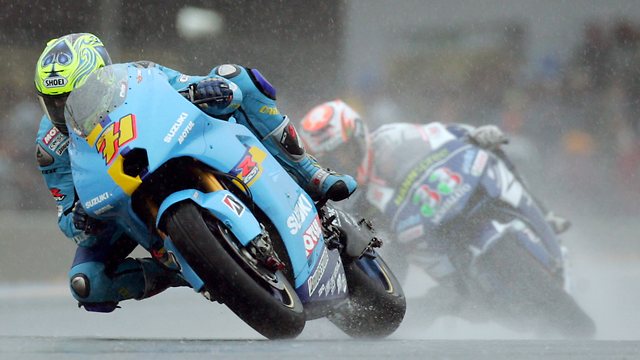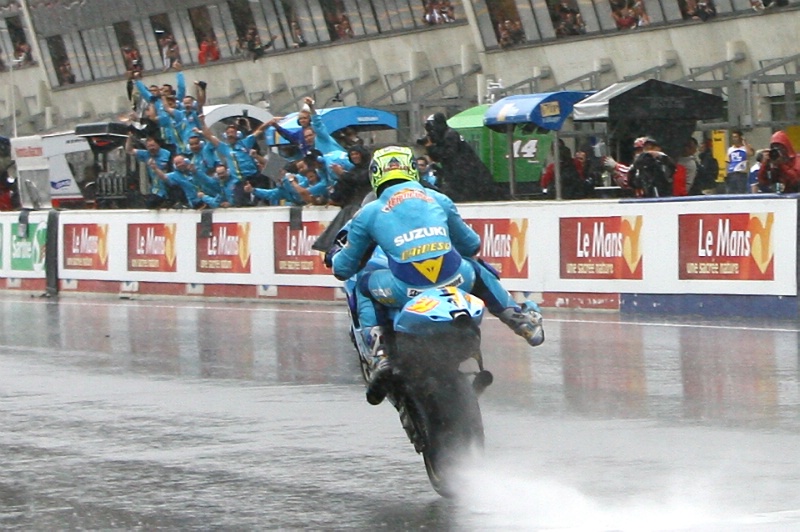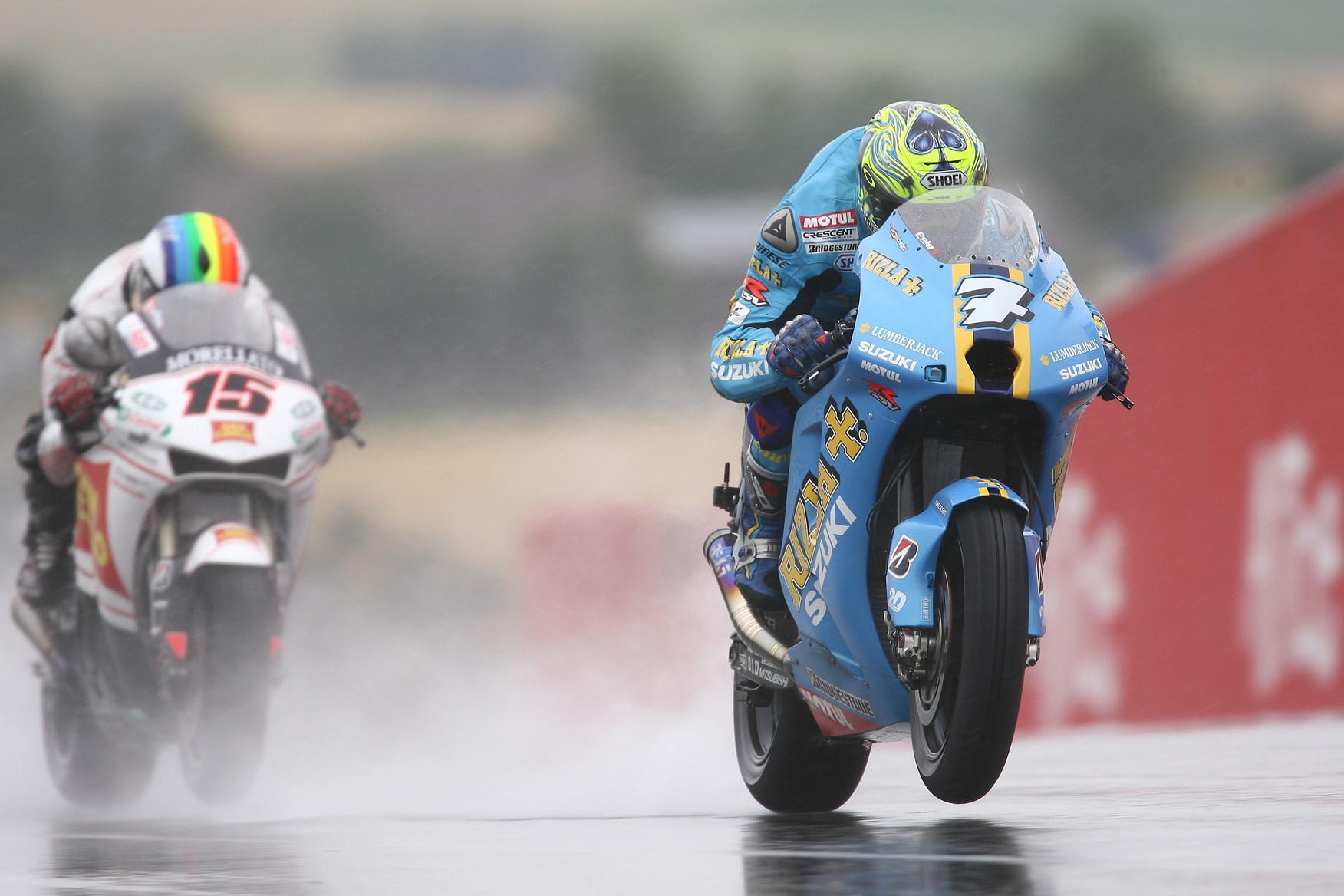We may not like riding in the rain, but with the weather being so unpredictable you are bound to get caught in the rain at some stage.
Rather than give you my tips for riding on wet roads, we went to 2003 World Supersport champion, 10-time World Superbike race winner and MotoGP winner Chris Vermeulen for some expert advice
Chris won the 2007 Le Mans GP in the rain, so he knows what he’s talking about.
Q & A on wet riding with Chris:
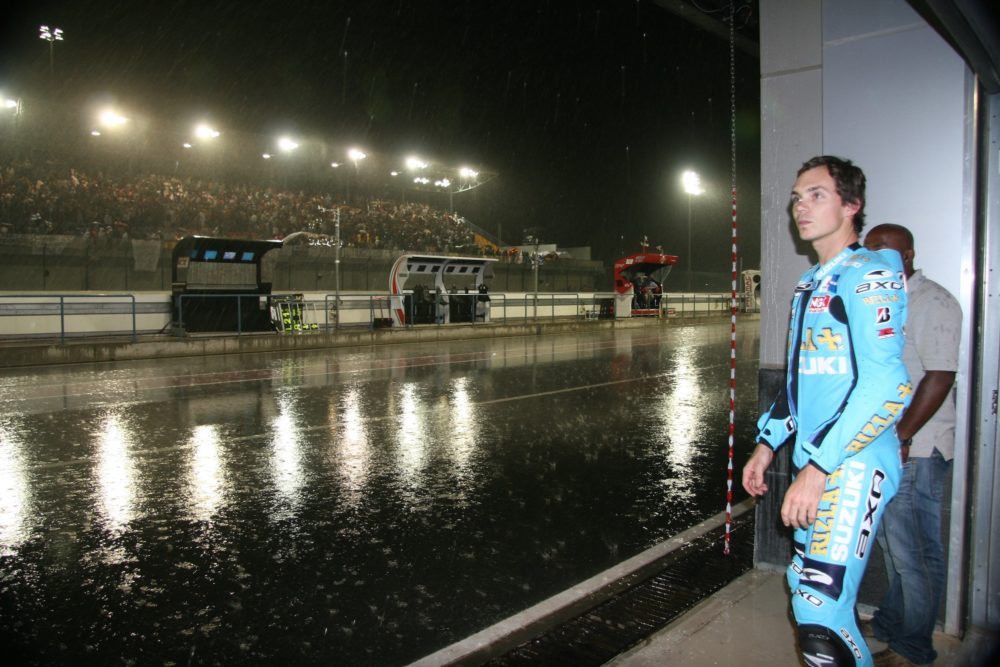
Q: Why are some riders better in the rain?
A: I put it down to the fact that a lot of Australian and American racers came from a dirt track background compared with the European racers so it gives you a lot more bike feel. A wet track is a great leveller for equipment, so it comes back to how the rider adapts to the situation.
Q: What’s your top tip?
A: The most important thing in the wet is to be smooth with everything you do. There is obviously less grip and the bike is less forgiving so you have to be smooth on all your inputs into the bike such as throttle, brake, clutch and moving your body weight. Every action you do on the bike upsets it more.
Q: Where is the most grip?
A: You’re going to have more grip and control on the bike in the wet when it’s upright. On the track you can still brake quite hard and accelerate quite hard, so long as you do it smoothly. In fact, you can still brake with the same maximum pressure but you have to apply it smoother. But you have to load the brakes while the bike is still upright.
Q: Do you take different corner lines?
A: You need to keep the bike straight for as long as possible and spend as little time on the edge of the tyre. That means different lines to riding in the dry. You don’t arc through the corner as much; you want to stop and start the motorcycle more in the rain and keep the corners shorter. On a wet road you don’t want to use all of your lane because there can be slippery gravel, moss and leaves on the edge of the road.
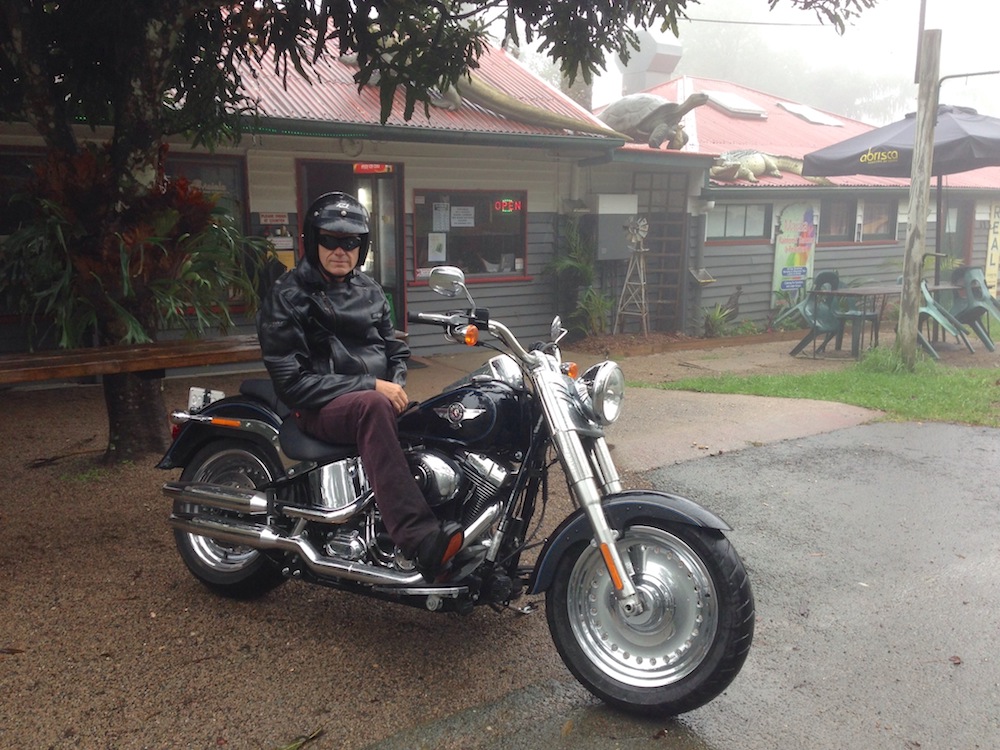
Q: Is it different on the road?
A: I think a lot of it comes across from the track. You want to be smooth riding on the road in the wet because it is even more difficult because of oil, diesel spills and debris. My suggestion is to enter the corner even slower than you expect you need to, so you have plenty of time to assess the situation. You can always accelerate harder out of the corner to make up time. I try not to use the full amount of the road because you are going into somewhere that’s blind and if the bike does slide, it’s good to be able to react or run wider or turn tighter to change your line.
Q: Do you lean off the bike in the wet?
A: You move your body off the bike as much as possible to keep the bike upright. The way to make a bike turn while upright is to get your arse off the seat further. When we’re racing on top quality tyres you can still get your knee on the ground as a feeler and a gauge, and as a third wheel. It gives you confidence if you can feel the condition of the ground through your knee. Also, if the tyre slides a little you can save it with your knee.
Q: Do you get out of the saddle on the road?
A: If I’m riding an adventure type bike you don’t get off the bike because of the ergonomics, but if I’m riding a street bike I still like to get the weight off the side of the bike as it helps it turn. You might look silly because you are a long way from getting your knee down, but the wind resistance in higher speed corners actually slows you down and makes the bike turn slightly.
Q: Do you change where you look in the wet?
A: No, you still have to look where you want to go. If you think you are going to quick for a corner in the wet, don’t look at the gravel at the side of the road, but look where you want to go. It also keeps you smoother on the bike if you don’t move your head around as much but just look where you are going.
Q: Would you change bike set-up for a wet road?
A: I wouldn’t make any bike changes. It’s usually not raining when you head out for a ride, but then it starts to come down and you probably don’t have a chance to adjust it so you need to know how the bike feels with your usual set-up. In the rain on a racetrack we are about 10% slower than in the dry and we soften the suspension also by about 10%. Now, if you are riding a bike like the BMW F 800 GS that has ESA (electronic suspension adjustment) you can change it on the fly, so I’d definitely soften the suspension.
A: If you are riding in the wet all day you might lower your tyre pressures a little bit so you have more grip. I’ve done that on the track, but I’ve never done that on the road.
Q: Do you use traction control?
A: I had traction control throughout my GP career and it’s very handy in the rain. When I first went out on a wet track, I would wick it up and gradually turn it down as you get more feel for the grip levels. I would basically use the traction control to understand where the grip is. I wouldn’t do that on the road. Traction control, like ABS, is a great safety barrier. It lets you make a mistake without crashing. If it’s cutting in all the time you haven’t learnt where the grip is. But you never can fully know grip levels on the road, like you can on a racetrack. We go round lap after lap on the same circuit and there are track marshals there to warn us if there is an oil spill. We know what is in front of us. On the road, you have no idea what dangers lie ahead.
Q: One last wet riding tip?
A: Yeah, stay away from white lines and manhole covers.


